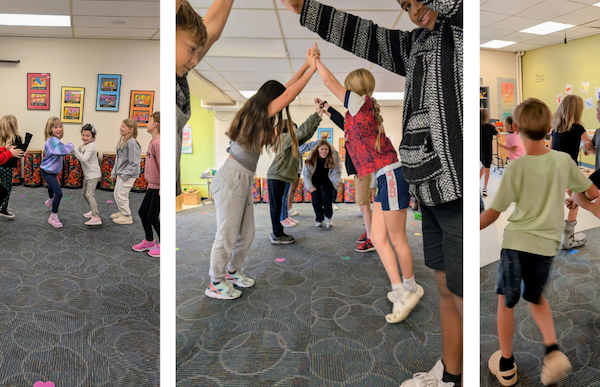
Coping with School Breaks
December 9, 2022
The Heart of an Educator
December 23, 2022
This is an update to our January post about Ohio's Dyslexia Law. Springer is pleased to support teachers in the tristate as they prepare to implement structured literacy instruction, and hopeful that the law leads to better outcomes for children across Ohio.
In January 2021, Governor DeWine of Ohio signed the “Right to Read Law” (HB436). The Law directed the Ohio Department of Education to set up the “Ohio Dyslexia Committee” who were tasked with developing a Guidebook for public school districts. The International Dyslexia Association branch in Central Ohio, along with 5 school districts in the Columbus Area developed a “Road Map” in 2019 – 2020 (https://coh.dyslexiaida.org/). The Guidebook for Ohio was released in July 2022 and can be found on the website of the Ohio Department of Education.
In Ohio, Public and Charter Schools will be required to screen students for dyslexia, on a yearly basis, beginning in the 2023-2024 school year. Part of the law mandates a certification process for teachers in Structured Literacy reading instruction in elementary schools. The reading curriculum in school districts will need to align with the Science of Reading and the recommendations of the National Reading Panel, 2000 (NIH #4754). The Guidebook addresses other issues, including screening tools, professional development, establishment of multidisciplinary teams, assessment, and progress reporting.
What prompted the State of Ohio to move in this direction?
For 40 years little improvement has been reported in NAEP (National Assessment of Educational Progress) scores in Reading, across the United States.
- In 2019, fourth-graders in 17 states scored lower in Reading compared to 2017 results.
- Ohio and our neighbors in Kentucky, West Virginia and Indiana saw scores decline.
- Only one state, Mississippi, had improved scores in Reading. Mississippi, the poorest state in the US, had fourth-graders reading on par with the national average in 2019.
Emily Hanford, the senior education correspondent for APM Reports, has been following the progress made in Mississippi over several years. Progress began with training all teachers in the Science of Reading. (https://features.apmreports.org/reading/). Unfortunately, the NAEP report card for 2022 shows that most states suffered a decline in fourth-grade reading scores.

Now, 37 percent of the nation’s fourth-graders read below the basic level.
Let’s hope that the changes proposed in the State of Ohio for public schools will result in an improvement in the teaching of reading for all students.
Dyslexia expert Dr. Timothy Odegard notes that students with dyslexia can flourish when sustained, direct and intensive instruction is delivered by a highly knowledgeable teacher. (Perspectives on Language and Literacy, Winter Edition 2019.) Dr. Odegard is one of the most highly sought experts on dyslexia in the United States and will be on Springer's campus in February to share insights gained through his years of experience and research. Learn more about his upcoming Springer presentations here.
Blogger Mary Ann Mulcahey, PhD, shares her expertise in assessment and diagnosis of learning disabilities and ADHD, and the social/emotional adjustment to those issues. If you have questions, please contact Mary Ann at .



